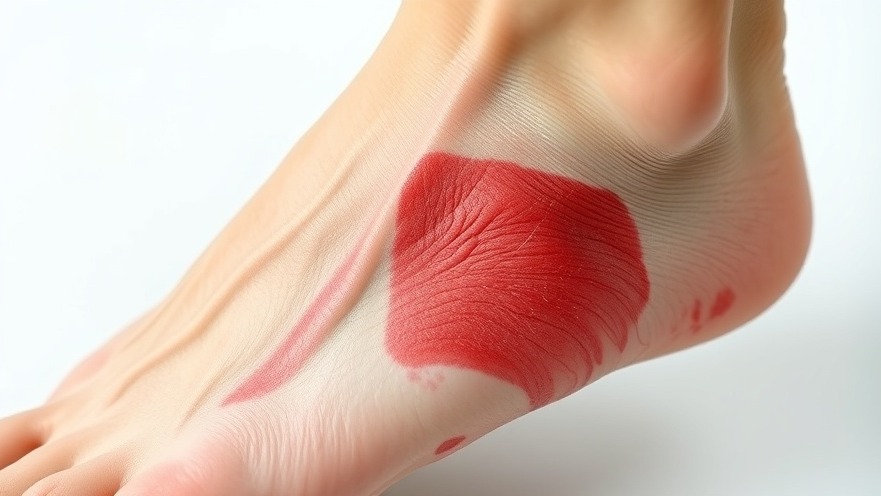
The Hidden Connection Between Gait and Calluses
Have you ever noticed painful calluses forming on your feet after long days on your feet or after wearing a new pair of shoes? Calluses can tell us a lot about how we move and can even warn of impending foot issues. While our feet are marvels of engineering, every foot has its unique architecture that can influence our walking or running patterns, commonly referred to as our "gait." The way we walk can unintentionally lead to callus formation, and understanding this connection can be key to maintaining overall foot health.
What Causes Calluses? Understanding Biomechanical Imbalances
Calluses form as a response to excessive friction, pressure, or repetitive stress. Your body’s natural defense is to harden the skin in areas subjected to consistent irritation. But the formation of these protective pads can also indicate underlying biomechanical imbalances. For instance, over-pronation occurs when your foot rolls inward excessively during walking, potentially causing calluses on the inner foot, heel, and big toe, while an outward roll—supination—can create issues on the outer foot and little toe.
Factors like high arches or leg length discrepancies can complicate matters further. High arches provide limited contact with the ground, increasing pressure on certain points, while uneven legs can lead to differing callus patterns on each foot. Recognizing these pointers is essential for proactively managing foot health.
How to Recognize and Mitigate the Effects of Calluses
If you've noticed areas of hardened skin on your feet, it’s essential to take them seriously. Ignoring painful calluses not only leads to discomfort but can also result in cracks or infections, especially in those with health conditions like diabetes. One of the best ways to address this issue is by wearing appropriately fitted shoes that provide adequate support and cushioning. Seek out podiatric specialists who can assess your gait and recommend customized orthotics that align with your unique foot structure.
Empowering Healthy Footsteps: Future Insights
As we continue to learn about the connections between our gait and foot health, there’s a growing need for awareness around proper footwear. Stores that offer personalized fitting can help in selecting the right shoes for your foot type, which can effectively reduce stress on your feet and lessen callus formation.
As research advances, wearable technology could provide further insights into individual walking patterns, allowing for tailored adjustments to both footwear and lifestyle that promote better overall gait mechanics.
Preventive Tips and Techniques to Prioritize Foot Health
A few actionable steps can significantly improve your foot health and mitigate callus formation. Regular foot scrubs can help keep hardened areas in check, and applying moisturizers can maintain skin pliability. Additionally, proper stretching post-activity can prevent muscle imbalances that contribute to poor gait.
Being proactive and reaching out to a healthcare professional can help you assess potential gait-related issues early, leading to strategies that can improve your walking mechanics and comfort.
Concluding Thoughts: Steps to Healthy Feet
Understanding the relationship between your gait and the subsequent impact on callus formation is vital for maintaining foot health. Don't wait for discomfort to escalate—take proactive measures now. If you’ve noticed any significant changes in your foot health, consult a qualified podiatrist who specializes in assessing biomechanical issues. Your feet carry you through life; give them the attention they deserve!
Prioritize your foot health today—look out for early signs of pressure overload and seek professional guidance. Remember, investing time in foot care now can prevent more severe complications down the line. Book an appointment with a foot care specialist today and take the first step toward healthier feet!
 Add Row
Add Row  Add
Add 




Write A Comment